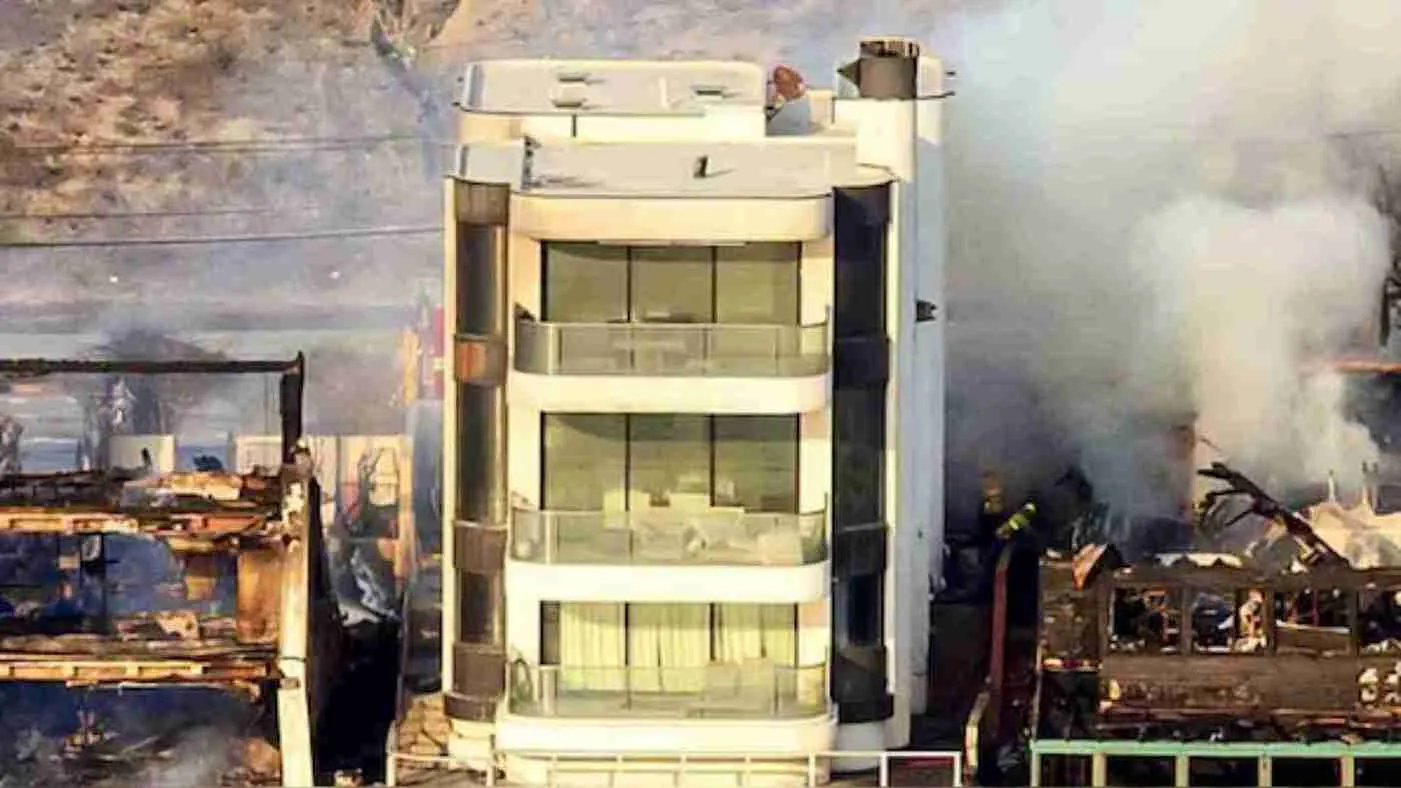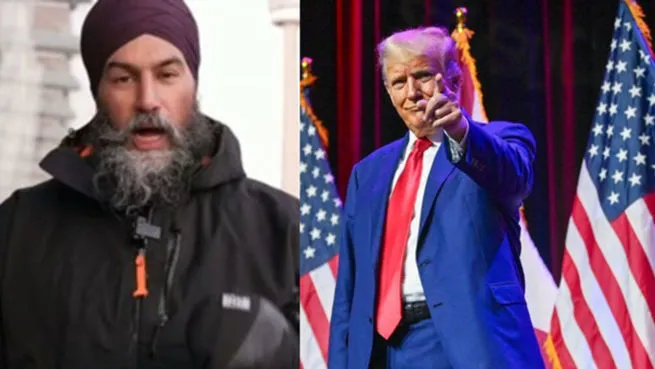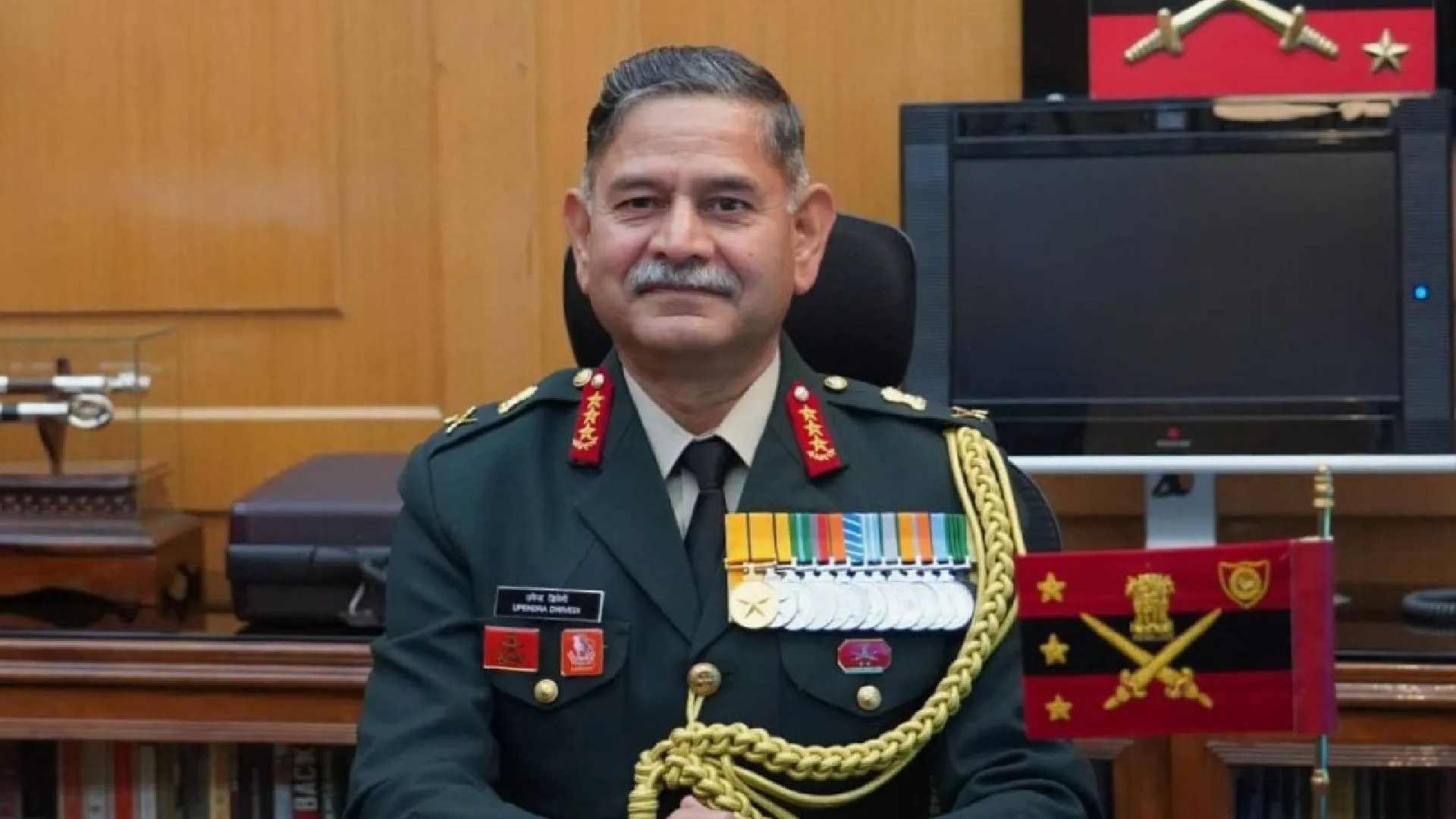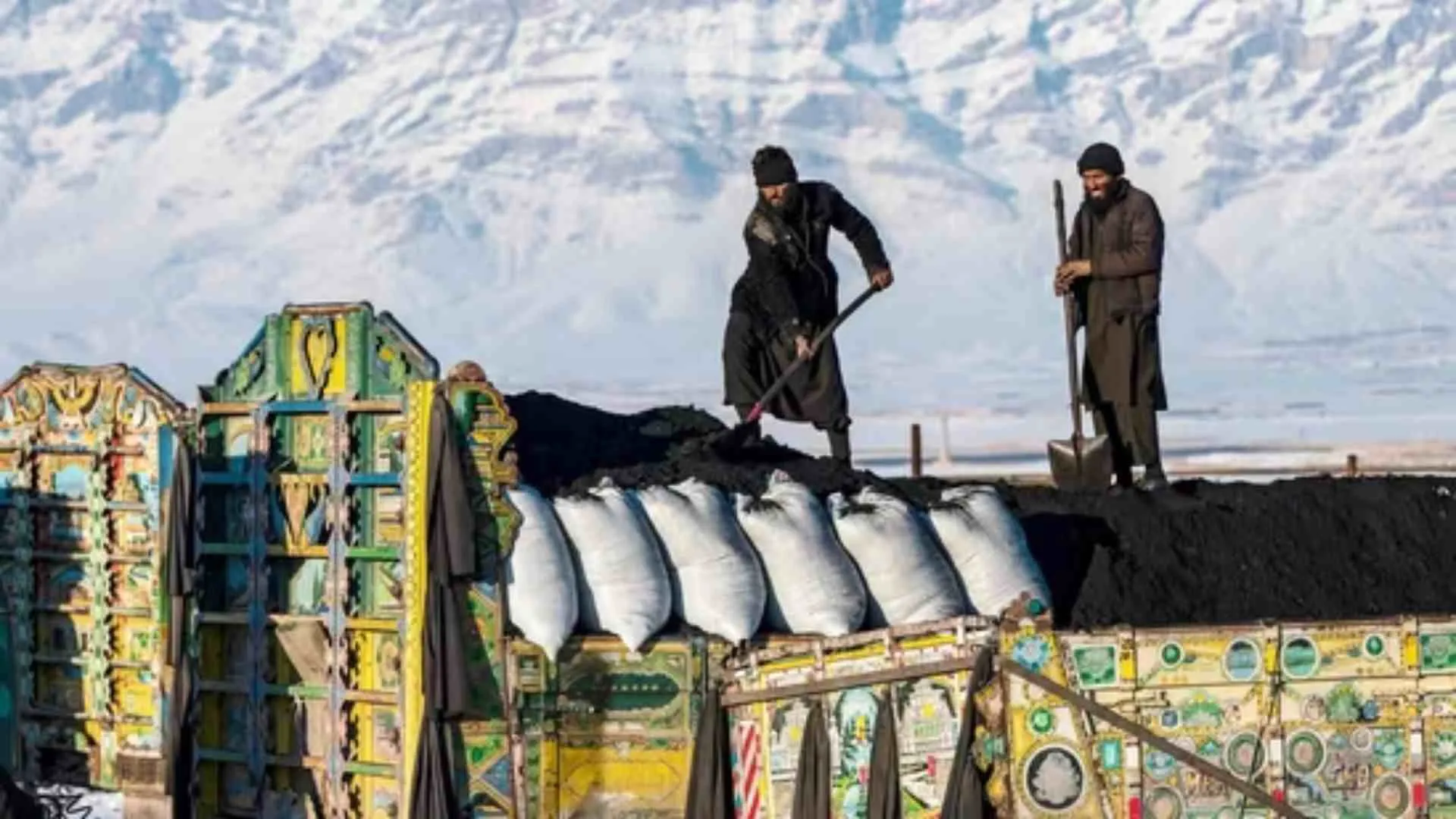There is a lot of discussion and action on artificial intelligence and other disruptive technologies and how they will impact warfare. The Chinese White Paper on defence at the very outset mentions that the application of cutting-edge technologies such as artificial intelligence (AI), quantum information, big data, cloud computing and the Internet of things is gathering pace in the military field. Obviously, they are going to bet big on these subjects.
On 1 February 2019, the US activated an AI Task Force as a part of the Army Futures Command. The AI task force is to be based at Carnegie Mellon University. It aims to harness breakthroughs in AI and apply them to a range of Army operations. These operations are varied and ranging from talent management in human resources, predictive maintenance of equipment and extend to support in projects related to the Army’s Six Modernization Programs. The idea is to unsettle the US Army’s slow-moving status quo and make it move rapidly. The Task force will be twothirds uniformed and one thirds civilian with agile teams to rapidly develop prototypes, capabilities and create a talent pool for the future. Very clearly, AI is making an announcement of arrival on the battlefield through the Big Two — the US and China. The rest will follow; not sequentially but in parallel.

India with its talent pool and potential must get into the act otherwise we might be fighting a battle in a preconceived manner when our adversaries are attacking us through different domain using the disruptive power of AI. So, let us start from some basics.
The last generation was that of RMA — Revolution of Military Affairs. With the arrival of AI, AR/VR, Robotics, Big Data Analytics, Cyber Technology and other disruptive technologies we have entered an era of Disruption in Military Affairs (DMA) . Central to all these technologies is AI.
So, what is AI and what is its role in military affairs? AI is all about machines mimicking cognitive functions of the human mind such as learning and problem solving leading to decision making. The human mind may not be replaceable in matters pertaining to defense and operational planning. However, AI will be a great aid in decision making since it has the great ability of predictive thinking and throwing up options to aid decision makers. Additionally, AI will be a built-in partner for Robotics, Net Centricity, AR, Big Data Analysis, Sensors and so on. As days pass, AI will expand its footprint in defense matters. In any case all autonomous weapon systems will have a great amount of AI built into them. AI based change detection is going to disrupt costly sensors. Use of AI sensibly in functions related to Intelligence, Logistics, Maintenance, Administration and Human Resources Management will facilitate better operations. Use of AI in weapon design, modelling, testing and manufacture has great scope.
The approach of the US Army as outlined above is a clear indication as to where and how AI is zooming into the force. The major danger to AI entering any system is that the output is only as good as the input. Hence to develop sound logic and establish predictable behavioural patterns, there must be uninterrupted and repetitive input streams. Intelligence must be built into a machine through painstaking iterative processes.
If AI is here to enter and stay on the battlefield, what are we doing about it and what are we to do about it? Currently, the Indian armed forces are just discovering that AI has arrived. There is a clear realization that we must tap into it and harness its potential. However, like all other forms of modernisation of India’s armed forces, we are waiting for something magical to happen and hoping that AI will somehow materialise since India has great potential in building AI. If the way the Army is going about is any indication AI will take a long time coming. In order to induct AI into the Army, The MCTE, MHOW has been given the responsibility for establishing an AI node with skeletal manpower. Accordingly, an AI node has been established in MHOW within the precincts of a military barrack. In due course it is destined to produce very little results. If we seek AI in our systems, we must understand it a little better. Our horizon of thinking has to expand with matching action. This is not a punt on the Corps of Signals. They have been given a task and will do a good job of it as they can. However, they have their limitations.
Knowledge of AI is resident in young minds and in educational institutions. They have very little knowledge about warfare, battlefields and weapons. Soldiers and professional have extensive knowledge about the latter but have very little knowledge of AI. Hence, we need to have a framework of interaction for AI as well as other related fields. Building AI into a tool of war requires a great amount of repetitive input from the armed forces. The greater the input, the better will be the outcomes as mentioned earlier. To this end we must start a framework of working with our IITs. A framework has already been suggested. Secondly, the Armed Forces must have a clear road map or an evolving wish list as to what should be made intelligent and who is to execute it. It will span multiple systems and hence a multi-Arm approach is needed. Putting the onus on Corps of Signals alone will lead us nowhere. It must be centrally done at a higher level. A multi-disciplinary approach must be adopted. The US model is a good cue. After all they are not fools to go and set up shop in Carnegie Mellon University when they have as good schools of instruction as ours within their Service structure. Thirdly, inculcation of AI must be budgeted. India’s armed forces have lagged modernisation due to lack of budgets. Unless some investment is done, the startups that are the vehicles for building AI will fade. Fourthly, our procedures must be amended to cater for a faster time loop of procurement and induction. Young people, innovators and startups do not have the stamina to go through the Defence Procurement Procedure either in terms of time or finances. Fifthly, there must be plan. Do we upgrade existing systems to smarten them or are we looking at new and intelligent systems? Do we go for the small system route of go for the big bang? What will be role of DRDO in this? Will building and inculcation of AI be the sole responsibility of Services or will PSUs, OFB and defense Industry also pitch in? There are other issues too. However, they can wait.
As much as AI is going to enter the battlefield in a big way, there are some issues too. We should not aim to replace the human being but to be complimentary to him. AI systems require power and energy. Energy is always at a premium in the battlefield. That must be thought through. It is also a costly field to enter. If imported, it will be prohibitively expensive. Even indigenous AI systems will be costly if we do not develop them well. If we think, AI will reduce manpower, we might be mistaken. Just like we thought once upon a time that computer systems will reduce manpower and they did not. AI might not result in reducing manpower. However, if we approach AI with a view to fighting better, manage our equipment well and use our talent pool optimally we will be ok. Do not expect great breakthroughs initially. However, when the breakthrough occurs, it will be dramatic.
Overall, AI is here to stay. It will stay in all dimensions of the battlefield and its impact will expand. It is a partner to all other related disruptive technologies. It is the future way of fighting. We need to own technologies related to AI. If not, we will pay a huge price — financially and operationally.
Lt Gen P.R. Shankar was India›s DG Artillery. He is highly decorated and qualified with vast operational experience. He contributed significantly to the modernisation and indigenisation of Artillery. He is now a Professor in the Aerospace Dept of IIT Madras and is involved in applied research for defence technology























